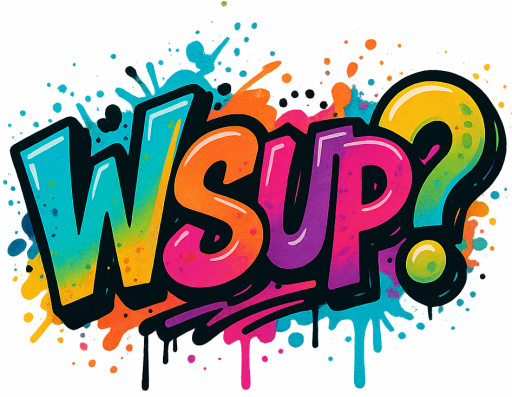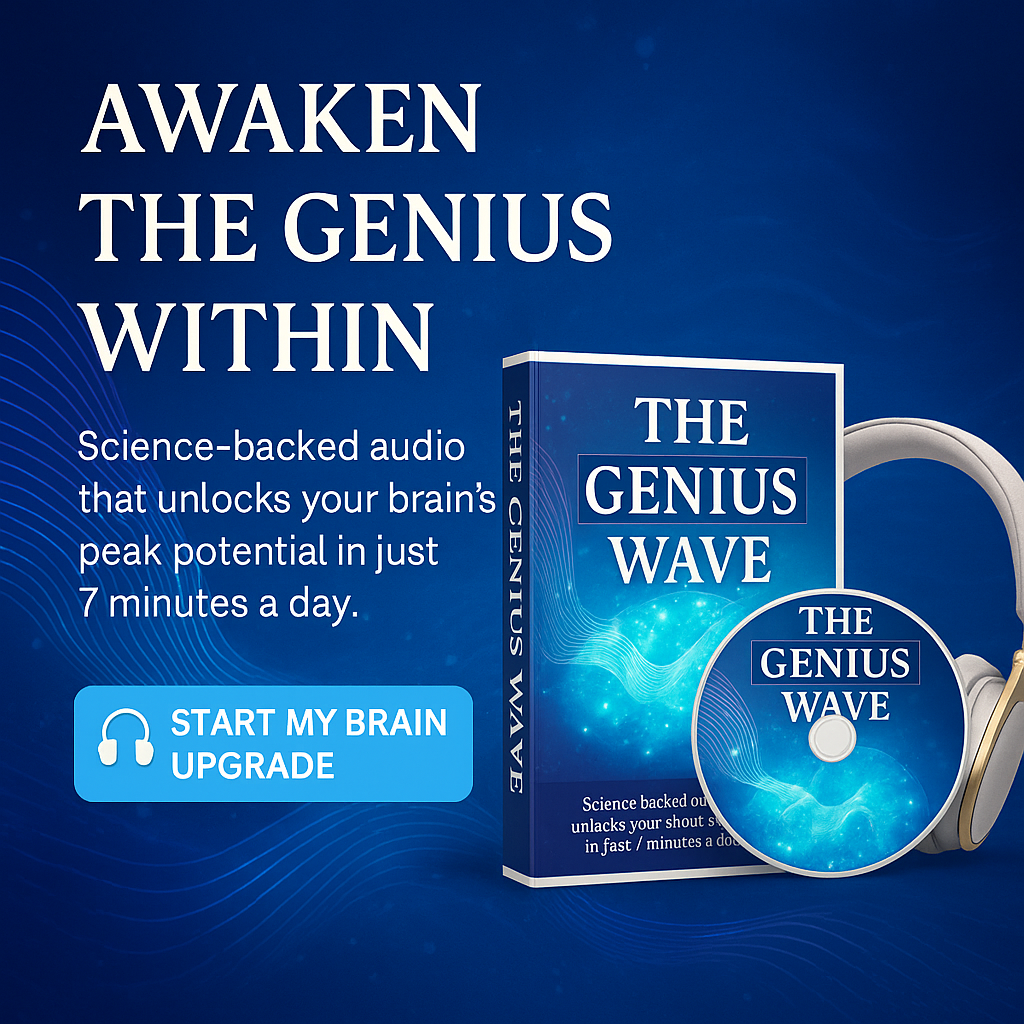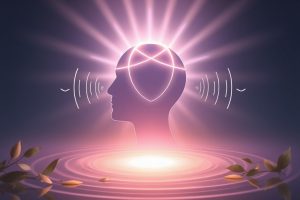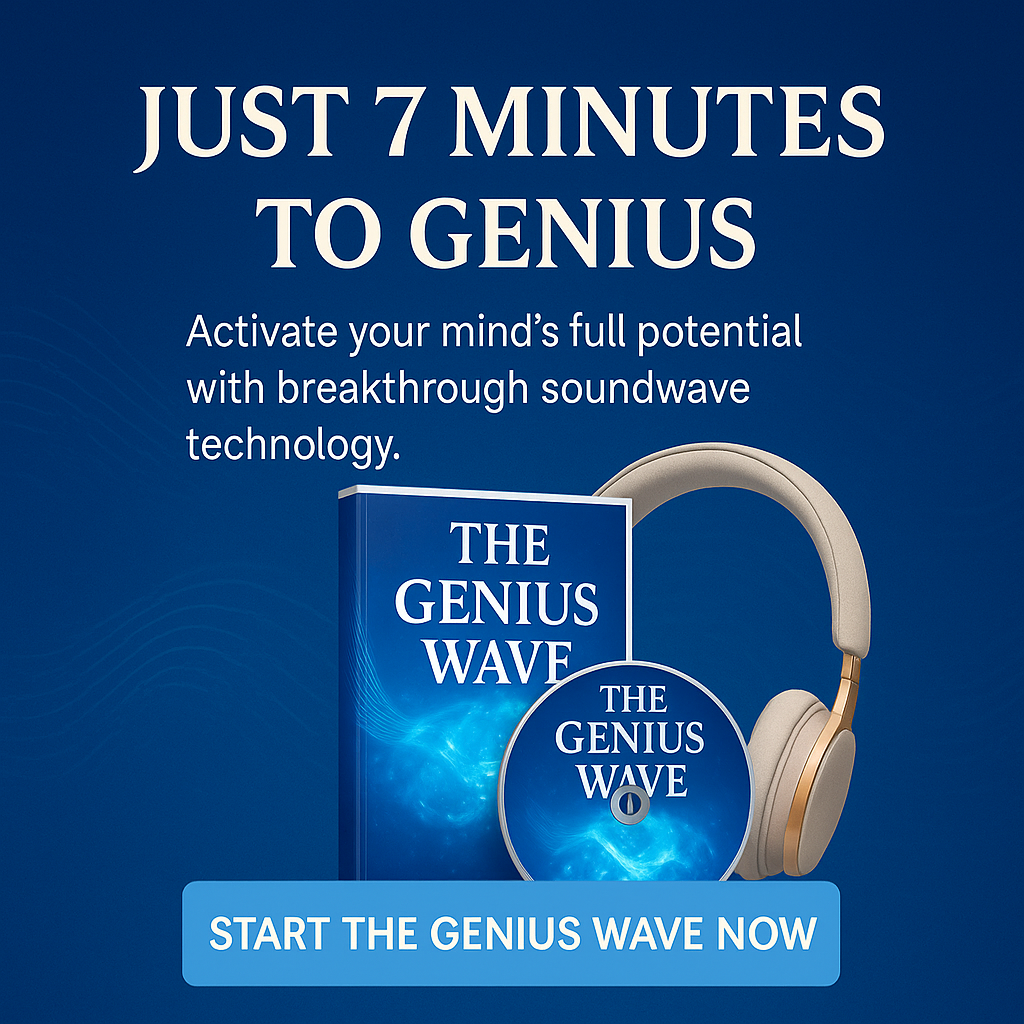Genius Wave for Meditation and Relaxation: Science-Backed or Just Hype?
1. Understanding the Genius Wave Technology: How It Works to Promote Relaxation and Meditation
Audio-visual stimulation devices have gained popularity as tools to facilitate relaxation and meditation. Among these, the Genius Wave stands out by combining sound and light to influence brain activity. The core technology relies on binaural beats and visual entrainment. Binaural beats involve playing two slightly different frequencies in each ear, which the brain perceives as a third tone, potentially guiding it into specific states such as relaxation or focus. Visual entrainment uses flashing lights or patterns synchronized with audio stimuli to further influence neural activity.
The intended physiological effects include reduced stress, improved focus, and enhanced mental clarity. Psychologically, users often report feelings of calmness, decreased anxiety, and a greater sense of well-being. The device aims to create an environment conducive to meditation without requiring extensive training or effort.
2. Evaluating the Effectiveness of Genius Wave for Stress Relief and Mental Clarity
Many users have reported benefits such as quicker relaxation, better sleep, and increased mental clarity after using Genius Wave. Scientific studies on audio-visual entrainment suggest that such stimuli can influence brainwave patterns, promoting states associated with relaxation and concentration. Compared to traditional meditation, Genius Wave offers a more passive experience, which can be appealing for beginners or those with limited time.
While anecdotal evidence is promising, scientific research remains mixed. Some studies indicate improvements in relaxation, mood, and focus, but results vary depending on individual differences and usage patterns. Overall, Genius Wave appears to be a useful tool for stress relief and mental enhancement, especially when integrated into a broader self-care routine.
3. Scientific Research and Credibility Behind Genius Wave: What the Studies Say
Research on audio-visual entrainment has been ongoing for decades, with peer-reviewed studies demonstrating its potential to modulate brain activity. For example, some studies have shown reductions in anxiety and improvements in cognitive performance following sessions with similar devices. However, the quality of research varies, with many studies facing limitations such as small sample sizes or lack of control groups.
Regarding Genius Wave specifically, there is limited direct scientific evidence supporting all of its claims. While the underlying principles are backed by neuroscience, more rigorous, large-scale studies are needed to definitively confirm its efficacy. Therefore, while scientific findings support the concept of brainwave entrainment, consumers should view Genius Wave as a complementary tool rather than a guaranteed solution.
4. Safety Considerations and Potential Risks of Using Genius Wave Devices
Generally, audio-visual stimulation devices like Genius Wave are considered safe for most users. However, some individuals may experience side effects such as headaches, dizziness, or visual discomfort. People with epilepsy or other neurological conditions should exercise caution and consult a healthcare professional before use.
It is recommended to limit sessions to the duration suggested by the manufacturer, typically around 20-30 minutes, and avoid excessive use. Users should also be mindful of their environment, ensuring they are seated comfortably and free from distractions. If any adverse reactions occur, discontinuing use and seeking medical advice is advisable.
5. Ease of Use and Practicality: Integrating Genius Wave Into Your Self-Care Routine
Setting up Genius Wave is straightforward, often involving connecting the device to a compatible app or media player and selecting a session. The user experience is designed to be accessible, with customizable settings for session length and intensity. Accessibility features may include adjustable brightness or sound levels, catering to individual preferences.
Cost considerations vary depending on the device model and features. To maximize benefits, it’s recommended to use Genius Wave during dedicated relaxation or meditation periods, ideally in a quiet, comfortable space. Consistent use can help establish a routine and enhance overall mental wellness.
6. Comparing Genius Wave with Traditional Meditation and Other Relaxation Tools
Compared to traditional mindfulness meditation, Genius Wave offers a more passive approach that may be easier for beginners or those with busy schedules. It can serve as a complement to mindfulness practices, providing an additional avenue for relaxation. However, it may not replace the depth of insight gained through sustained meditation practice.
Alternative methods include meditation apps, breathing exercises, and biofeedback devices. Each has its advantages and limitations, and the choice depends on personal preferences and goals. In some cases, Genius Wave can enhance existing practices by helping users reach a relaxed state more quickly or maintaining focus during meditation sessions.
7. Final Thoughts: Is Genius Wave a Valid, Evidence-Based Tool for Meditation and Relaxation?
In summary, Genius Wave incorporates scientifically grounded principles like brainwave entrainment, and many users report positive effects. While some scientific evidence supports the potential benefits, more comprehensive research is needed to confirm its efficacy fully. Safety considerations are generally minimal, but individuals with certain health conditions should consult professionals before use.
For those interested in exploring new relaxation techniques, Genius Wave can be a valuable addition, especially when personalized to individual needs. As with any self-care tool, it’s important to adopt a holistic approach, combining various methods and listening to your body’s responses. Ultimately, finding what works best for you is key to achieving lasting mental wellness and relaxation.




